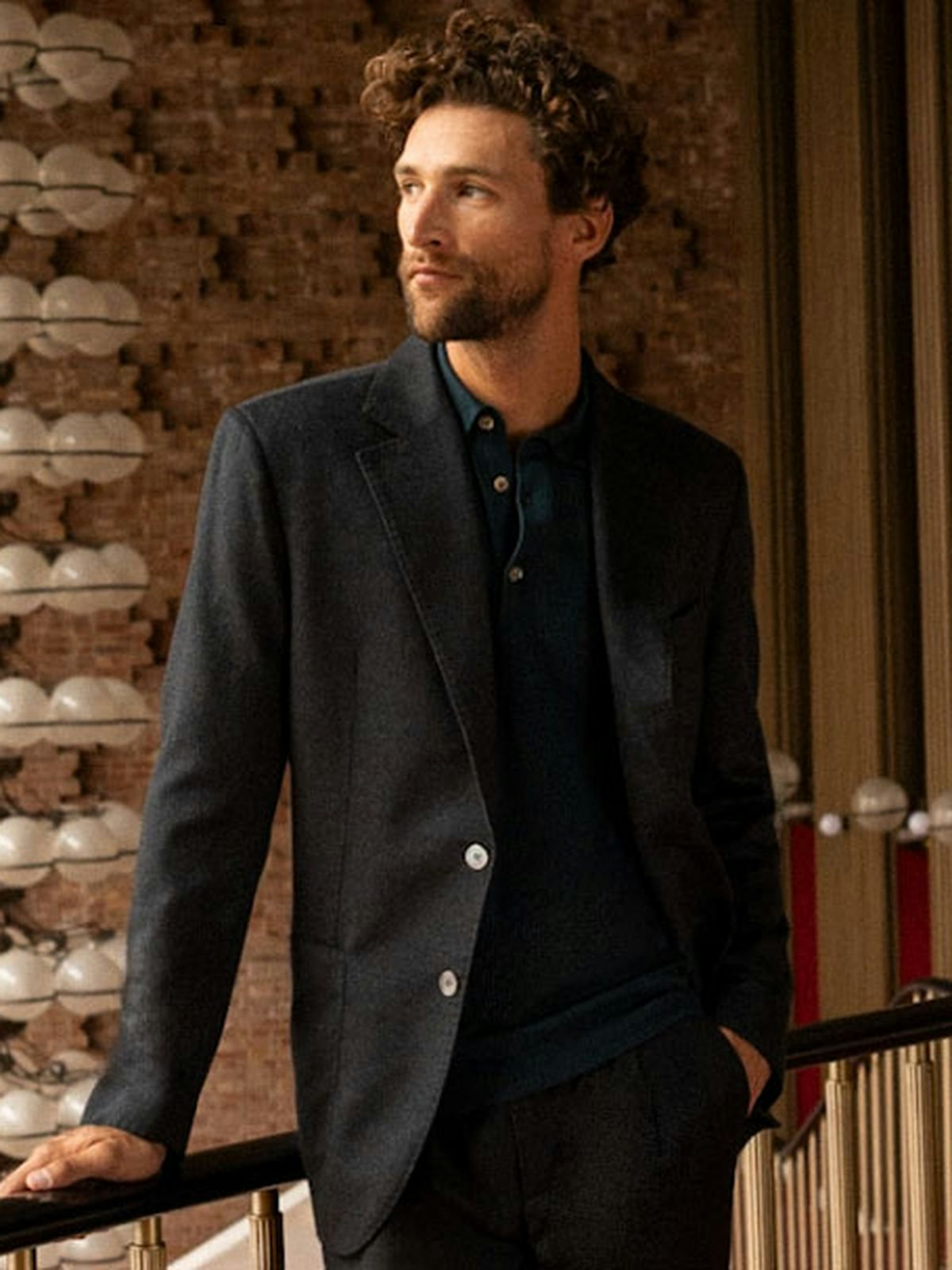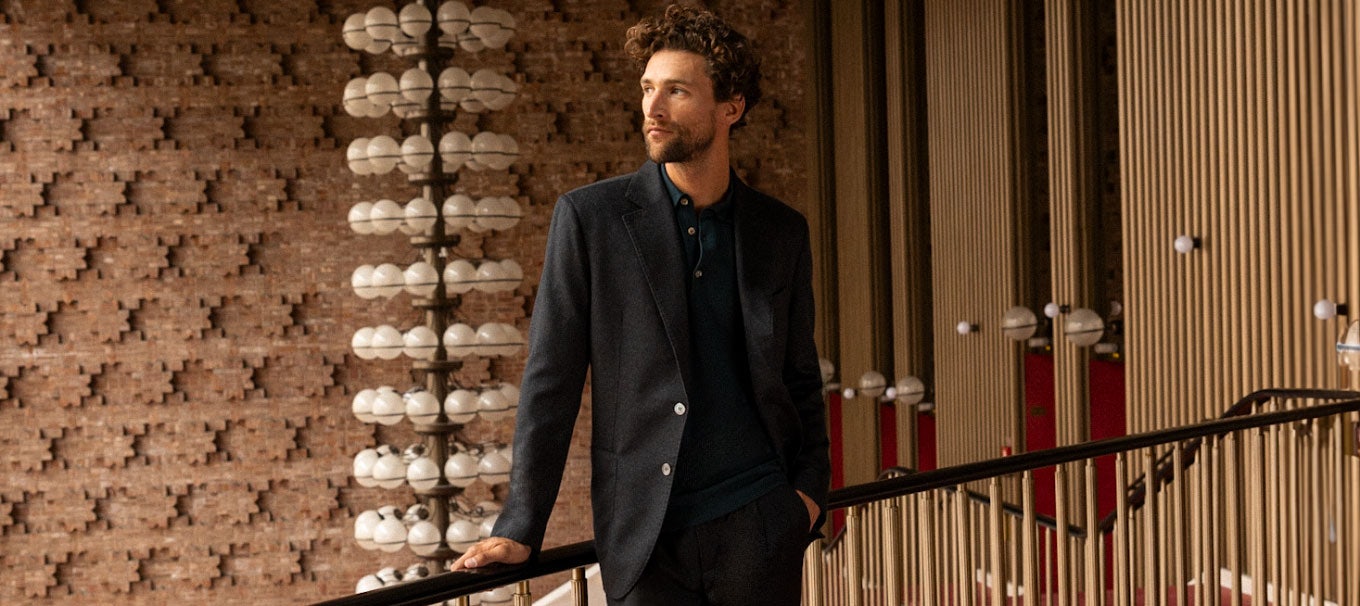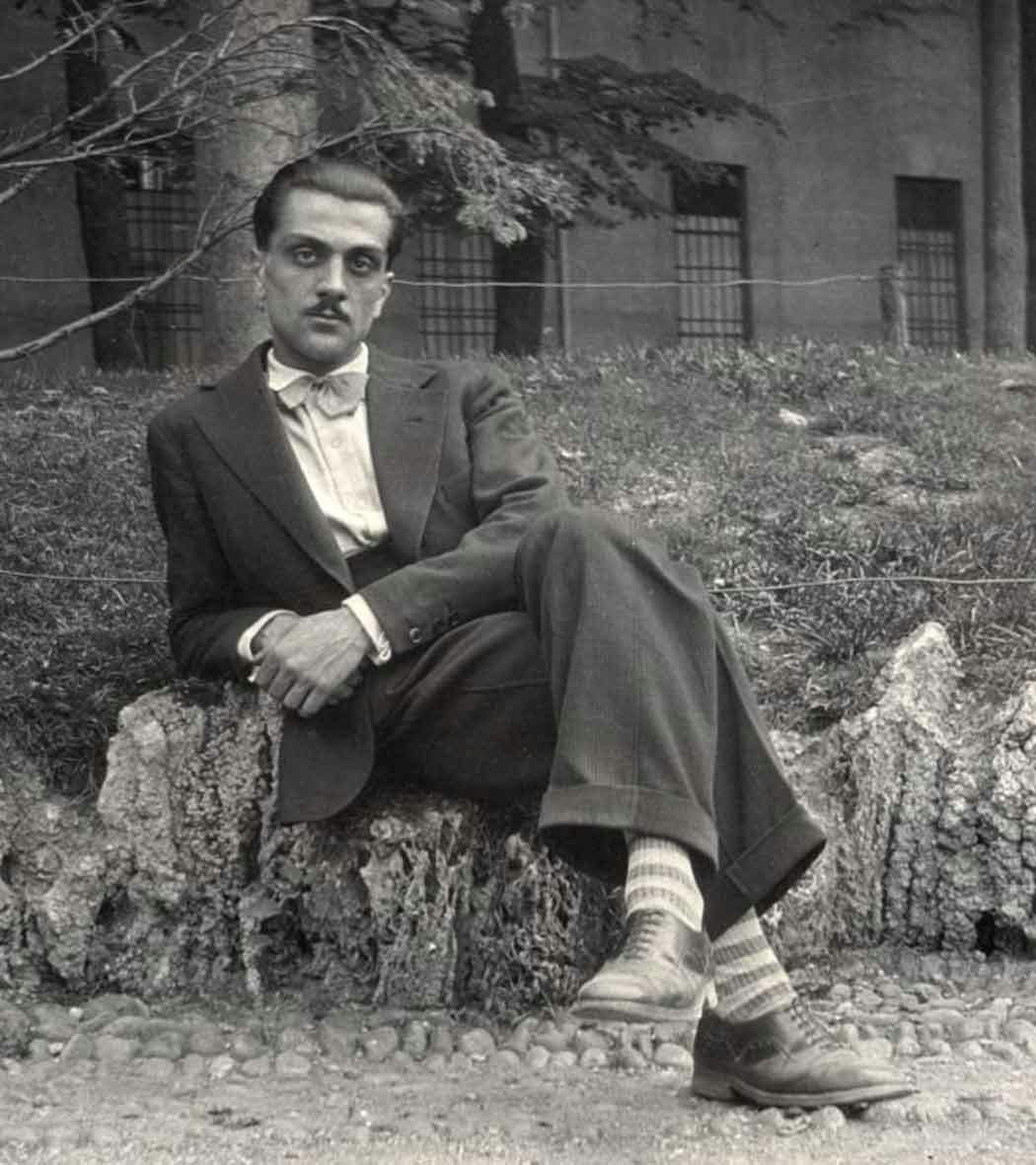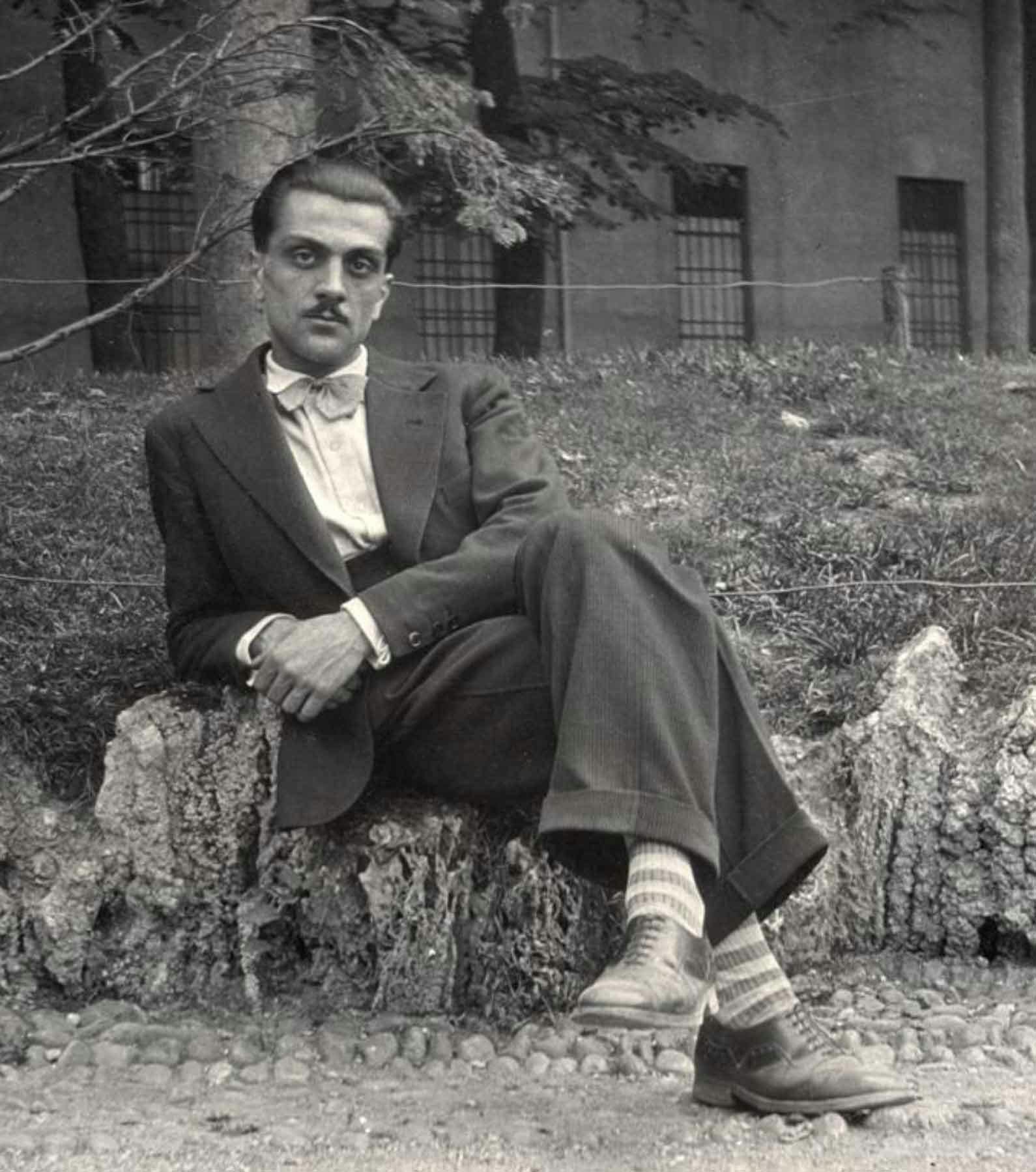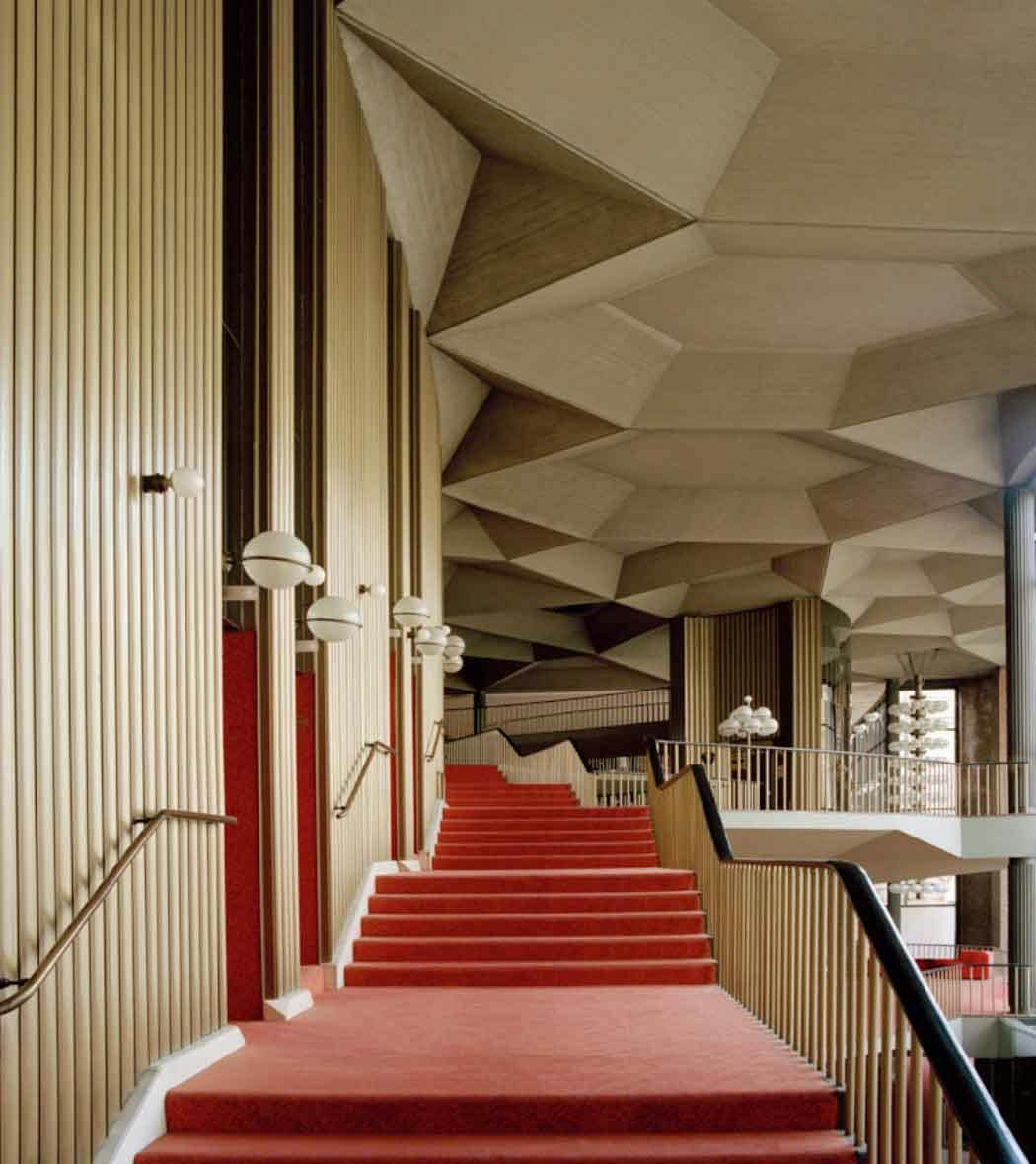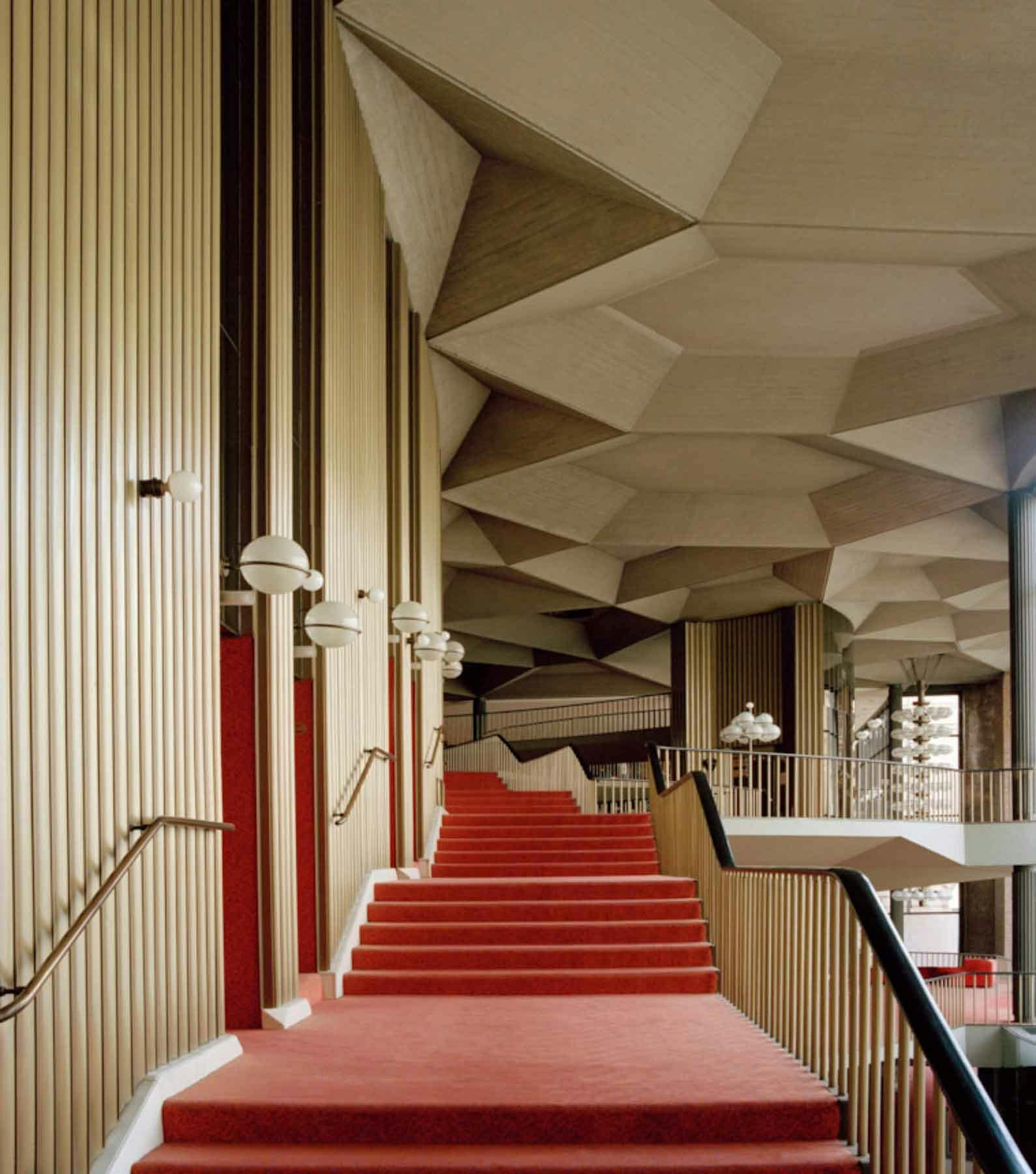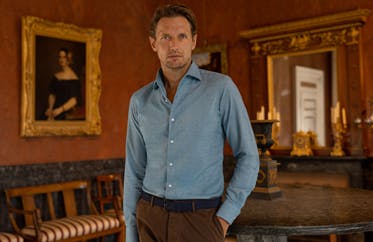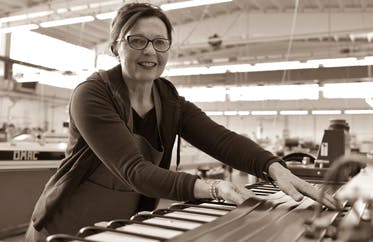
All You Need to Know About Cashmere: A Guide for the "Connoisseur"
Cashmere knitwear has always been at the centre of the Luca Faloni Autumn Winter Collection.
However, despite its reputation as the finest material for the colder months of the year, cashmere and its unique properties are not always fully understood. Here is our guide covering everything you need to know about this fine material.
Quality cashmere is not only the finest, softest and warmest yarn, but it is also a very durable product, which can easily last 10 years and over 200 wears when taken care of properly. In this article we explore its qualities, the difference between good and bad cashmere, and how to assess it. Lastly, we will explain how to take care of your cashmere knitwear over the years.
